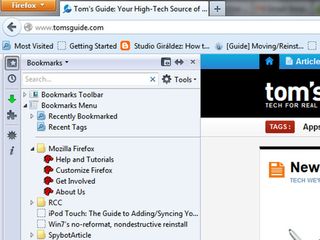

For the final test, I opened up each browser twice, and launched 20 tabs in each instance. I opened three copies apiece of each website from the 20-tab test. Next, to really tax each browser I opened a whopping 60 tabs in Chrome, Firefox and Edge. This time around, I kept the initial 10 tabs, then added 10 more from equally demanding sites: eBay, Best Buy, the New York Times, Disney Plus and Google Stadia, to name a few. When a browser has a ton of tabs open, rather than try to run each one simultaneously, it will often prioritize and optimize data in order to save RAM. The second step was to see how each browser handled massive amounts of data. From there, all I had to do was monitor memory usage in Windows Task Manager. I used Guest profiles in Chrome and Edge, and a “clean” profile in Firefox, in order to prevent extensions or bookmarks from clogging things up.


 0 kommentar(er)
0 kommentar(er)
